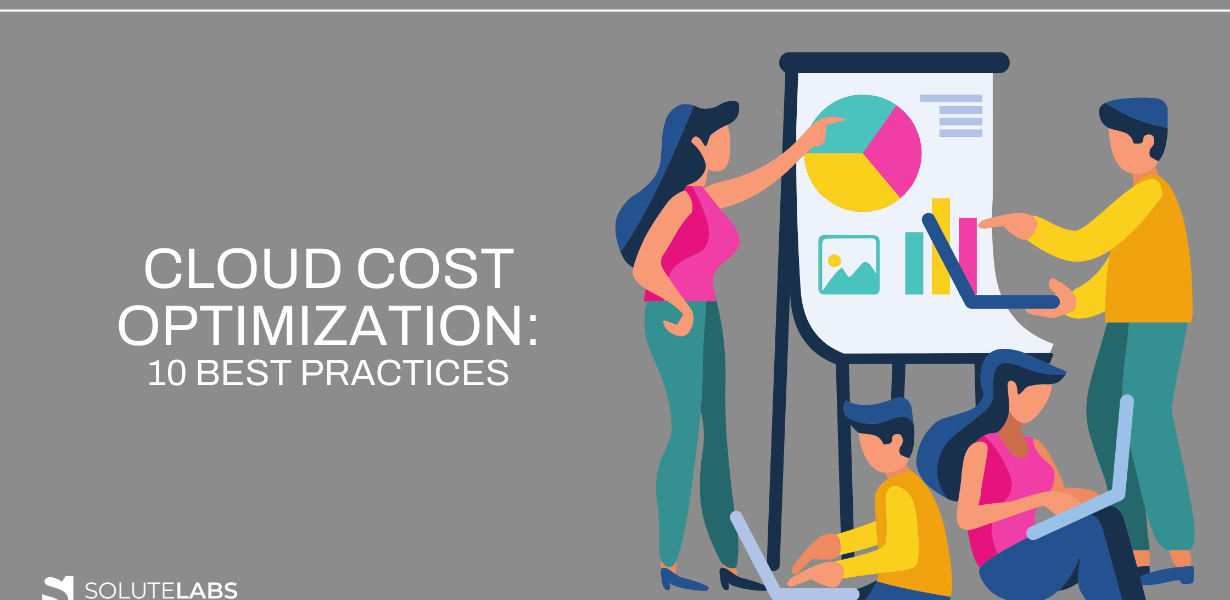
Cloud Computing Performance Hacks: Boosting Efficiency and Cost Optimization
- Post
- August 9, 2023
- Performance Tips, Web Performance, Web Technologies
- 0 Comments
Modern businesses rely on cloud computing to fuel their operations, from storing data to running applications. However, the challenge lies in maximizing the potential of this technology while managing expenses. Fortunately, by implementing smart practices, organizations can not only enhance performance but also reduce costs, giving them a competitive edge.
Performance Audit: Unveiling Bottlenecks
Before diving into optimization, conduct a comprehensive performance audit. Identify bottlenecks that hinder efficiency. Monitoring tools and analytics provide invaluable insights, offering a clear picture of resource utilization, response times, and potential choke points. This diagnostic step lays the foundation for strategic improvements.
Rightsize Resources: Tailoring to Needs
Cloud resources come in various sizes, and choosing the right fit is crucial. Avoid over-provisioning or under-provisioning by analyzing historical usage patterns. Utilize autoscaling to dynamically adjust resources based on demand, ensuring optimal performance without unnecessary costs.
Data Caching Strategies: Accelerating Access
Data retrieval can be a bottleneck. Implement caching mechanisms to store frequently accessed data closer to the application. This reduces latency and enhances responsiveness. Leverage in-memory caches or content delivery networks (CDNs) to further optimize data access.
Containerization for Efficiency
Containerization, exemplified by Docker and Kubernetes, enhances efficiency by encapsulating applications and their dependencies. Containers offer consistent environments across development, testing, and production, minimizing compatibility issues and enabling rapid scaling.
Serverless Architecture: Scaling Simplified
Embrace serverless computing for specific workloads. Serverless platforms automatically manage resource allocation, allowing developers to focus solely on code. This approach optimizes resource utilization, improves scalability, and reduces operational complexities.
Network Optimization: Enhancing Connectivity
A well-architected network is pivotal. Distribute resources across availability zones for redundancy and fault tolerance. Utilize content delivery networks to reduce latency, especially for geographically dispersed users. Employ virtual private clouds (VPCs) for secure, isolated communication.
Cost Management: Finetuning Expenses
Cost optimization goes hand in hand with performance. Leverage cloud providers’ pricing models to make informed decisions. Use reserved instances for steady workloads, saving costs in the long term. Implement resource scheduling to power down non-essential resources during off-peak hours.
Security Measures: Safeguarding Performance
Security and performance are intertwined. Apply encryption mechanisms to protect data in transit and at rest. Regularly update and patch software to prevent vulnerabilities that can impact performance. Implement robust access controls to mitigate risks.
Load Balancing Strategies
Load balancing ensures even distribution of incoming traffic across multiple servers. Utilize load balancers to prevent overburdening specific resources, thus optimizing response times. Employ algorithms that consider resource health and capacity for efficient distribution.
Continuous Monitoring and Optimization
Performance optimization is an ongoing endeavor. Implement continuous monitoring, leveraging AI-powered analytics to detect anomalies and proactively address potential issues. Regularly review and adjust optimization strategies based on evolving demands and technology advancements.
Final Words
In the dynamic realm of cloud computing, achieving peak performance while optimizing costs requires a multifaceted approach. By conducting performance audits, rightsizing resources, embracing efficient architectures, and staying vigilant with monitoring, businesses can unlock the true potential of cloud computing. The synergy between enhanced efficiency and cost optimization will propel organizations toward success in an increasingly competitive landscape.
Commonly Asked Questions
Q1. How can I ensure my cloud resources are properly sized?
A1. Conduct a thorough analysis of historical usage patterns to determine resource requirements. Leverage autoscaling to adapt to fluctuating demands, ensuring optimal performance.
Q2. What benefits does containerization offer for cloud performance?
A2. Containerization streamlines application deployment and scaling, providing consistent environments and efficient resource utilization across various stages.
Q3. How can serverless architecture enhance performance?
A3. Serverless computing automates resource management, allowing developers to focus on code. This leads to improved scalability, reduced complexities, and optimized performance.
Q4. What are the key considerations for securing cloud performance?
A4. Implement encryption, regular software updates, and robust access controls. Security measures bolster performance by safeguarding against vulnerabilities and breaches.
Q5. Why is continuous monitoring essential for cloud performance?
A5. Continuous monitoring detects performance anomalies early, enabling proactive resolution. AI-powered analytics enhance the detection of potential issues, ensuring consistent optimization.



